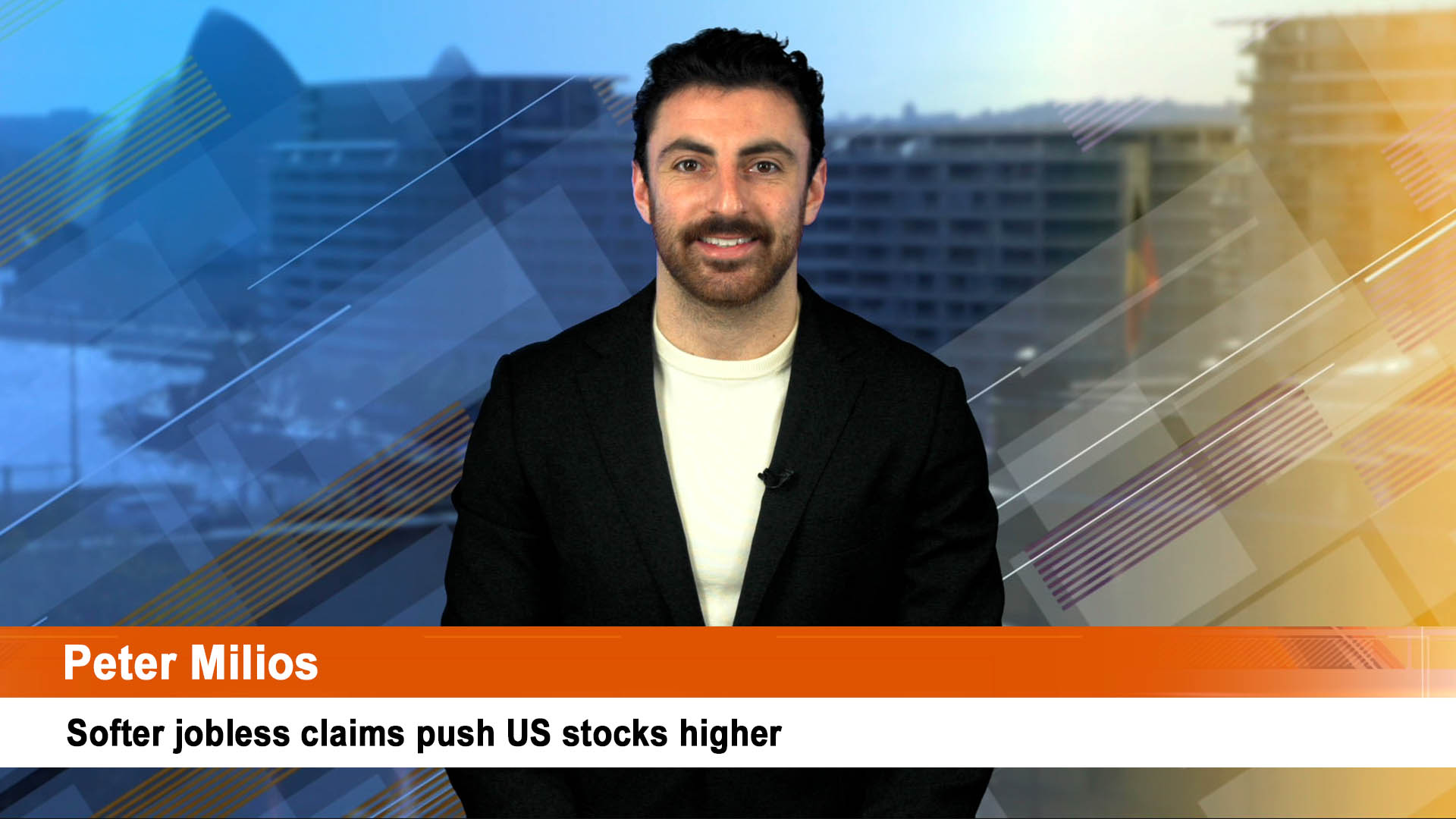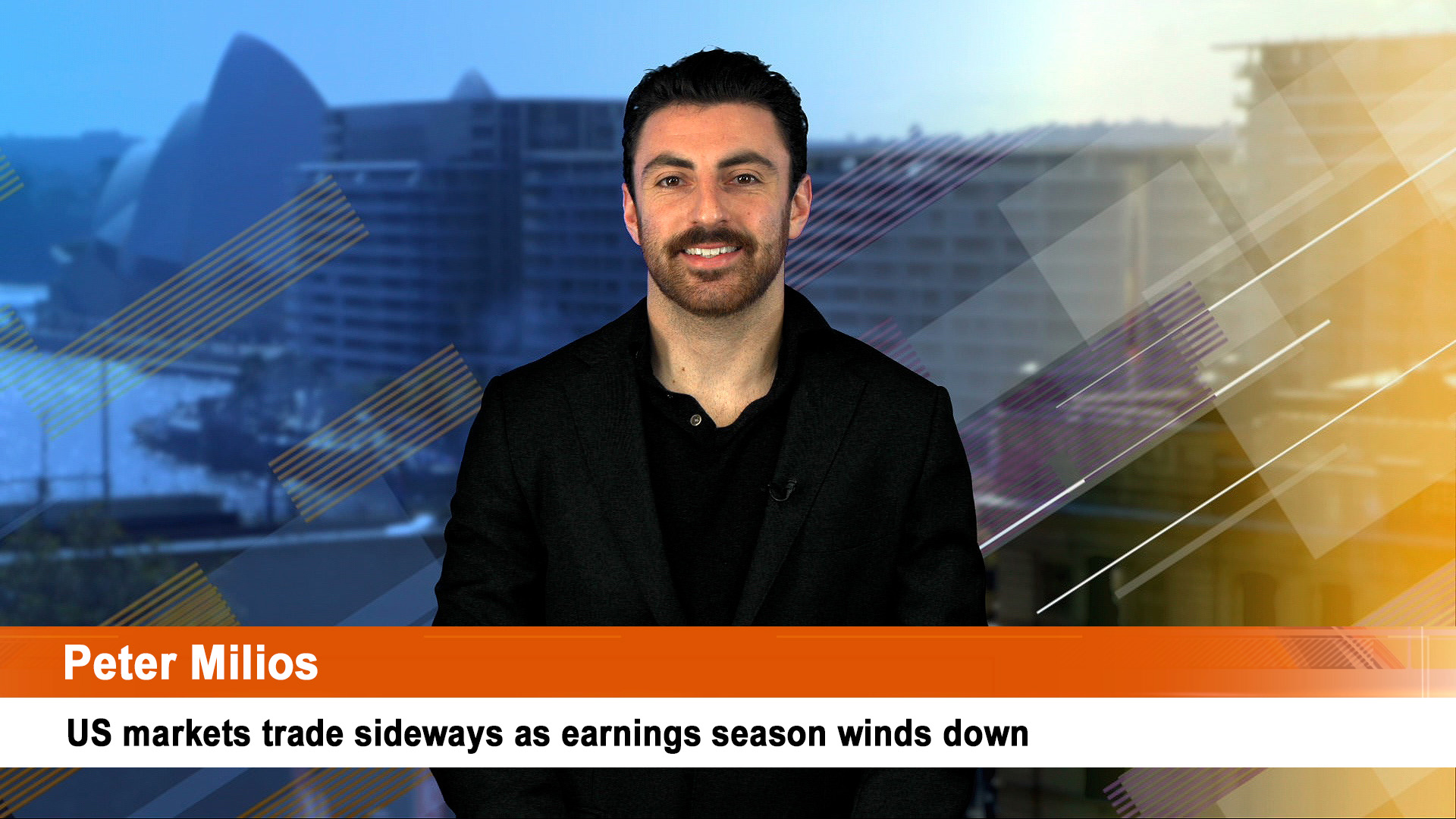Forget the flow of financial and business news, the continuing noise from the election campaign and whatever is happening offshore – the only news of any note and potential to influence markets here in Australia this week (and perhaps the federal poll) will be the interest rate decision from the Reserve Bank tomorrow afternoon.
For that reason, the ASX 200 will trade cautiously when trading re-opens later this morning, even though the overnight futures trading ended the week up 30 points on Saturday morning, our time.
That gain, if achieved today will only partially offset the near 50 points (49.8) loss for the ASX 200 Index last week, the 0.8% dip taking it to 6,335.8. The All Ordinaries dropped 46 points, or 0.7%, to 6427.2.
But it will be interest rates and the central bank that dominate with many economists forecasting a rate cut (the first of at least two this year) from tomorrow’s meeting.
If that happens it will be a replay of the timing for the last round of cutting in 2016 with the first in May (after inflation slowed sharply as it is now doing) with the second in August of that year.
The AMP’s Chief Economist, Dr. Shane Oliver says “we have penciled in the RBA cutting the official cash rate by 0.25% on Tuesday taking it to 1.25% which will be a new record low and the first move since August 2016.”
“However, while we remain confident that rates will be cut to 1% by year end, it’s a very close call as to whether the Bank goes Tuesday or waits till after the election.
“(I)t’s a close call so it would hardly surprise if they decide to wait another month or so. If the RBA doesn’t cut on Tuesday, it’s likely they will move to some sort of easing bias,” Dr. Oliver wrote at the weekend.
“The case to wait is that it will avoid the politicisation of interest rates in the election campaign, the RBA can wait to see who wins the election and get a better handle on what sort of fiscal stimulus will be delivered, we are yet to see a rising trend in unemployment and the RBA has yet to move to a clear easing bias,” Dr Oliver wrote in his weekend note.
Last week we saw a couple of profits (from the ANZ, NAB, and Macquarie) and a slew of trading updates and sales data from Coles and Woolies. This week there are a few more profits, led by Westpac today, Chinese trade data on Wednesday and a quarterly report from Vale, the big Brazilian iron ore miner that could influence on top of whatever the RBA does and says.
BHP Group shares lost 1.8% to $36.94, Rio Tinto slid 3.3% at $94.43 and South32 fell 2.9% to $3.31. Shares in Fortescue metals though rose 1.5% to $7.30
The major banks were largely mixed this week as ANZ and National Australia Bank reported their half-year results – the ANZ maintained interim dividend but the NAB chopped its payout by 16%.
ANZ shares rose 1 cent to $27.41 and NAB closed the week flat at $25.67. Westpac declined 1.1% to $27.44 and Commonwealth Bank lost 0.6% to $74.98.
Macquarie closed the week lower after its shares fell sharply on Friday following the financial giant’s yearly result.
While it reported a strong increase in profits and increased its dividend, it said it was looking at a 2019-20 profit down a bit on the near $3 billion in 2018-19. Its shares dropped 5.3% to $128.81.
And the banks will be sweating on the RBA decision – a cut will see the shares sold off because they will be under pressure to cut their core profit product – variable housing mortgage interest rates.
The big four especially will come under pressure to cut their variable rates right away, especially with bank funding costs continuing to ease (and seeing more and more banks cut their fixed home loan rates).
Even if the RBA doesn’t cut rates it is likely to give a clearer indication of a move to an easing bias and away from the wait and see approach at the moment. If that happens, the share prices of the big four will be pressured as well.













